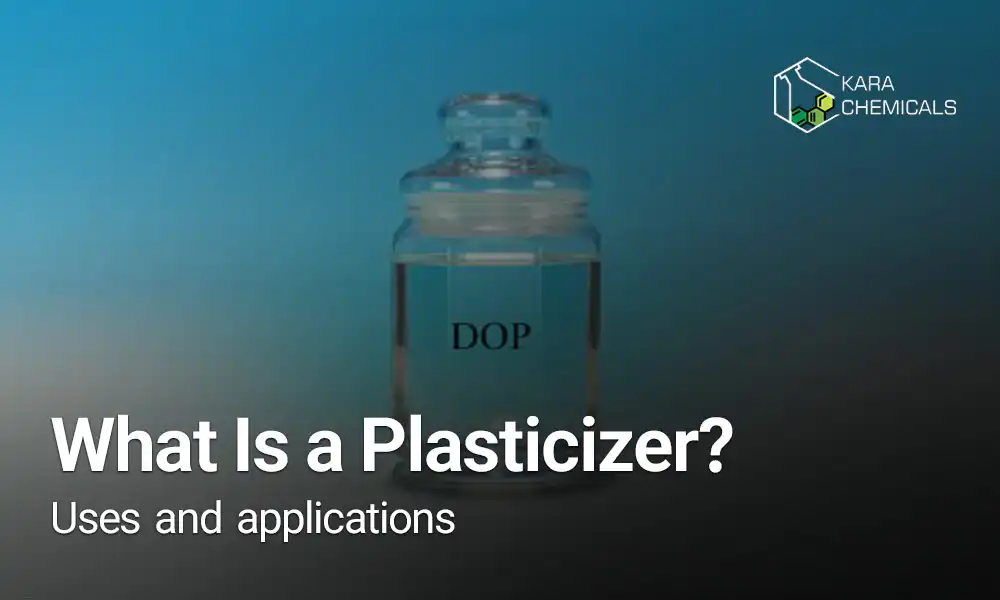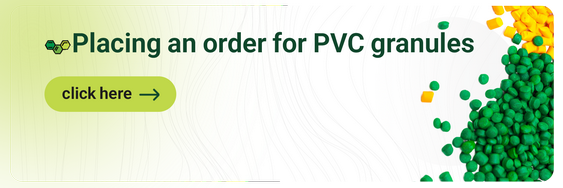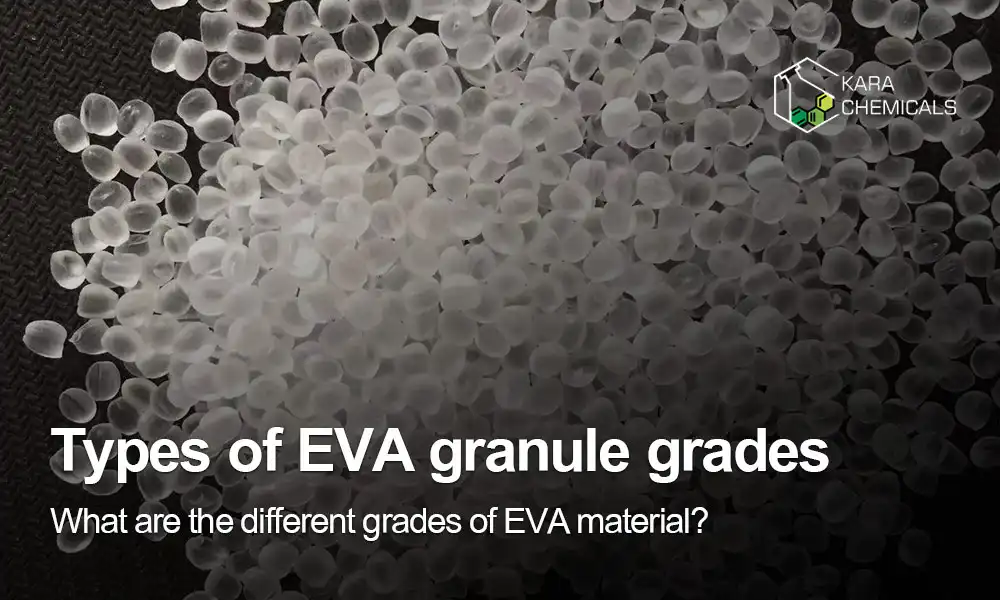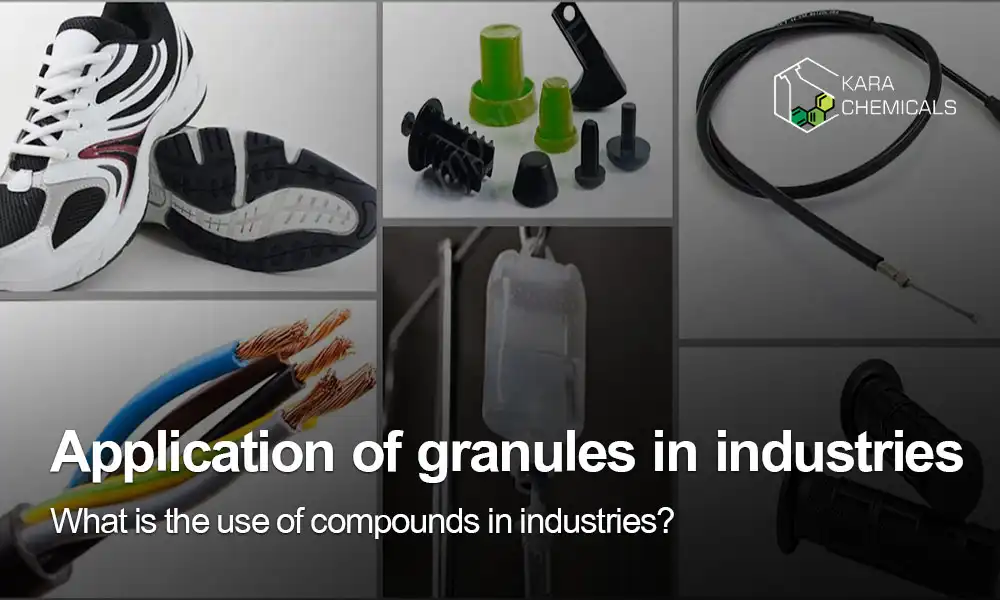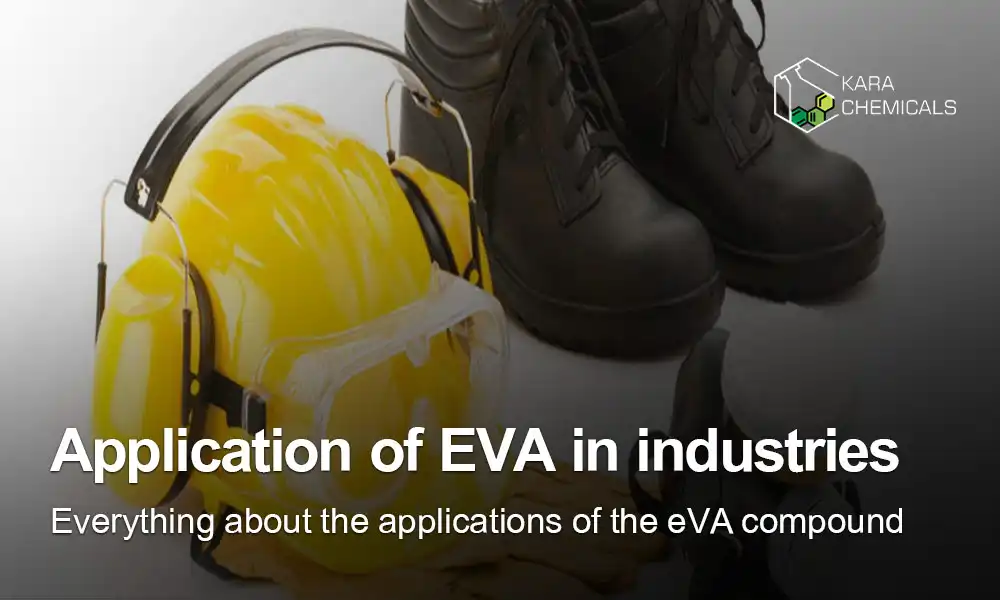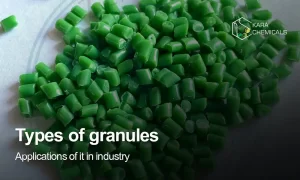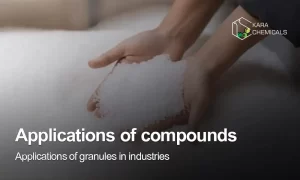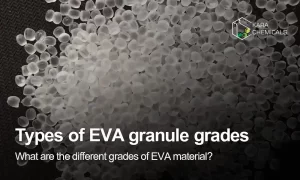Chemical substances known as plasticizers are frequently employed in the processing and manufacture of plastics, especially for creating plastic elastomers. Its goal is to improve the plastic material’s performance, expandability, and flexibility. The plastic product that is produced can have better qualities like more elasticity, less brittleness, and better processability by adding a plasticizer. Reducing the viscosity of the plastic melt is one of a plasticizer’s primary purposes. The plastic material may be processed and shaped more easily throughout the production process because of this drop in viscosity.
It makes it easier for various ingredients to be combined and dispersed, producing a more homogenous and consistent finished product. When selecting plasticizers for polymer processing, their cost-effectiveness in relation to other additives is a major factor. They provide a reasonably priced means of altering polymers’ characteristics without appreciably raising production costs. Plasticizers come in a variety of forms, each having its own chemical makeup and set of properties. Phthalates, phosphates, trimellitates, aliphatic diesters, polymer softeners, and epoxies are a few typical examples. Di(2-ethylhexyl) phthalate, or DOP, is the plasticizer that is most frequently used in the PVC (polyvinyl chloride) business.
Chemically speaking, it is C6H4 (C8H17COO)2. DOP is prized for its superior plasticizing qualities, which enable it to significantly improve the PVC materials’ flexibility and processability. It enhances PVC’s flow properties during processing, which facilitates moulding, extrusion, and other shaping into a variety of shapes. Follow us for more information.
Where Are Plasticizers Used
The majority of plasticizers are used in the manufacture of PVC (polyvinyl chloride) products. PVC is a thermoplastic polymer that is extensively used and valued for its affordability, toughness, and adaptability. PVC, however, lacks the necessary flexibility and processing ease for many applications and is a stiff and brittle material in its pure state. Plasticizers are added to PVC formulations in order to get around these restrictions. Plasticizers function as lubricants between the polymer chains of PVC, therefore lowering intermolecular forces and facilitating the chains’ easier sliding past one another.
As a result, the PVC material’s flexibility and pliability significantly increase, making it more appropriate for a variety of applications. The tensile strength of PVC compounds is decreased by the addition of plasticizers. Tensile strength is lost in exchange for the required flexibility and softness that plasticization produces. The intermolecular tensions between the PVC chains are efficiently disrupted by the plasticizer molecules, lowering the material’s overall strength.
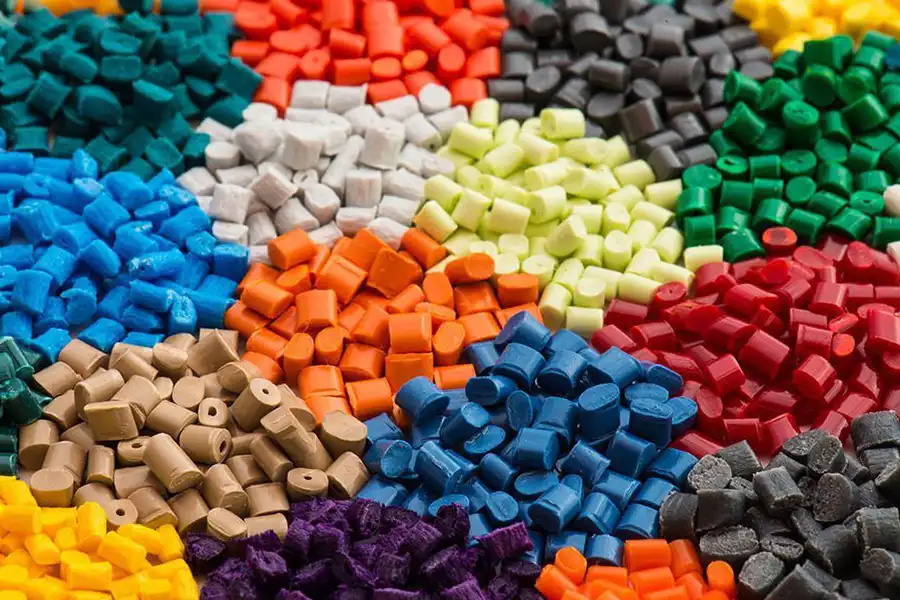
Though many PVC applications value the enhanced flexibility and processability that plasticizers provide, the cost of reduced tensile strength is frequently acceptable. Plasticizers are in high demand, especially those that are used to soften PVC. One of the most extensively produced and used polymers in the world, PVC is used in a wide range of sectors, including flooring, medical equipment, automobile parts, electrical cables, and building materials. Because of this, there is a considerable need for plasticizers to improve PVC’s functionality and flexibility. PVC is thought to make about 90% of the softener industry, and millions of metric tonnes of plasticizers are used each year globally.
Use of plasticizer in construction
Plasticizers are used for more than only plastics. They are used in a variety of materials, including rubber, adhesives, concrete, and stucco, demonstrating their adaptability and extensive advantages. Plasticizers are used in the rubber production process to improve the rubber compounds’ elasticity, processability, and flexibility. Plasticizers are added to rubber to make it more malleable and facilitate shape, moulding, and forming. This is especially crucial for businesses where rubber goods must have characteristics like stretchability, toughness, and resistance to ripping or breaking. Surprisingly, plasticizers are also used in the building sector, especially in the formulation of concrete and stucco.
A modest quantity of plasticizer, when added to concrete, lowers the amount of water needed for adequate mixing and workability. As a result, the concrete mixture becomes stronger and easier to work with. The concrete has better compressive strength and experiences less shrinkage during curing when less water is used. Plasticizers also facilitate simpler placement and shaping by enhancing the concrete’s cohesion and flow. Plasticizers are also utilised in wallboard stucco, a substance that is applied to walls both inside and outside to produce beautiful finishes. The addition of a plasticizer to stucco lowers the quantity of water required for mixing, enhancing the material’s handling qualities and ease of workability. As a result, the stucco is more pliable, applies more smoothly, and adheres to surfaces better.
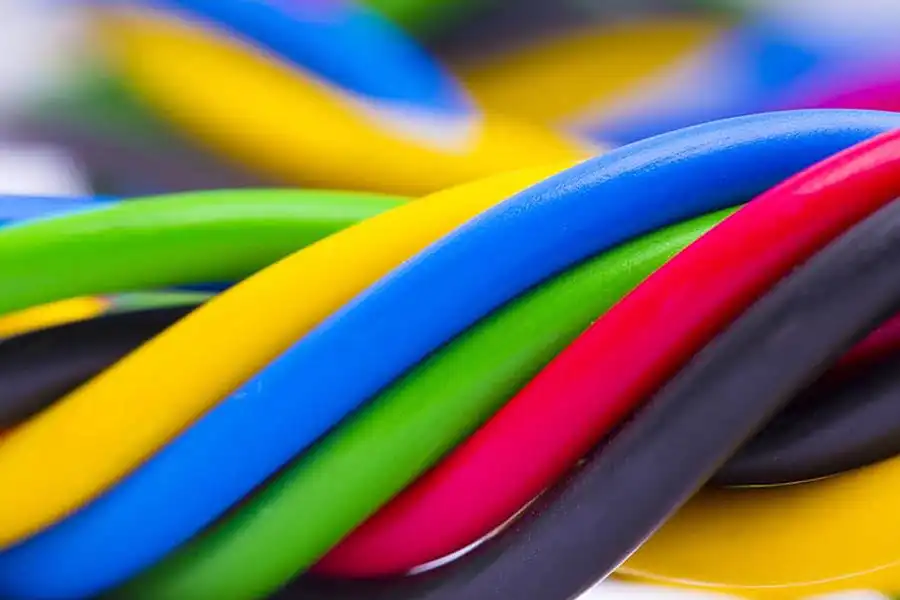
Use of plasticizer in Everyday Materials and Objects
Plasticizers are commonly used to improve the performance and flexibility of plastic materials in a variety of sectors. Among the instances are:
- Medical Industry: In order to produce flexible medical equipment that ensures patient comfort and ease of handling, such as IV bags and tubing, plasticizers are essential.
- Automotive Industry: Flexible hoses and tubing for automotive systems are moulded using plasticizers to ensure that they can tolerate stresses like vibration and bending without breaking.
- Clothes and Footwear Industry: Plasticizers help create flexible textiles for comfy clothes and soft, comfortable shoe soles.
- Telecommunications Industry: Plasticizers are used to create flexible, long-lasting wire and cable casings that make installation simple and friction-free. Plasticizers are crucial in a variety of industrial processes because they allow a broad range of goods with desired qualities to be produced.

Are Plasticizers Safe?
Due to their broad usage, possible effects on the environment and human health, and ubiquitous use, plasticizers have been the focus of several research investigations. Researchers and authorities have examined many facets of plasticizers in order to guarantee their safety and get a deeper understanding of their impacts. The following are some important study areas and conclusions: Effect on the Environment: Plasticizers’ effects on the environment have drawn criticism, mainly because of their toxicity, bioaccumulation potential, and persistence.
Research has been done to evaluate how plasticizers behave and end up in various environmental media, including water, soil, and sediment. The purpose of these studies is to find out how they affect ecosystems and whether they can leak into the environment. In order to comprehend plasticizers’ overall destiny in the environment, research has also concentrated on finding and assessing the possible degradation routes of these substances. Indoor Dust and Phthalates: The prevalence of phthalates, a form of plasticizer, in interior environments—particularly in dust—has drawn particular attention.
Research has looked at the amount of phthalates in indoor dust and evaluated the risk of ingestion and inhalation for humans. These studies contribute to our understanding of the origins, routes, and possible dangers of indoor phthalate exposure. Endocrine Disruption: The potential for some plasticizers, especially phthalates, to serve as endocrine disruptors is a cause for worry. Endocrine disruptors are compounds that have the ability to disrupt the hormonal system in both people and wildlife, which may have negative impacts on processes related to development, reproduction, and metabolism.
The processes and possible hazards of phthalate exposure-induced endocrine disruption have been extensively studied, with a focus on developmental stages. The safety of plasticizers has also been assessed by regulatory organisations from throughout the globe. The European Union’s Registration, Evaluation, Authorization, and Restriction of Chemicals (REACH) legislation is a thorough and stringent safety framework that evaluates chemicals, including plasticizers, for possible dangers to the environment and public health. Comparably, after conducting thorough safety evaluations, the Food and Drug Administration (FDA) in the United States authorised and rated particular plasticizers for use in materials that come into contact with food.
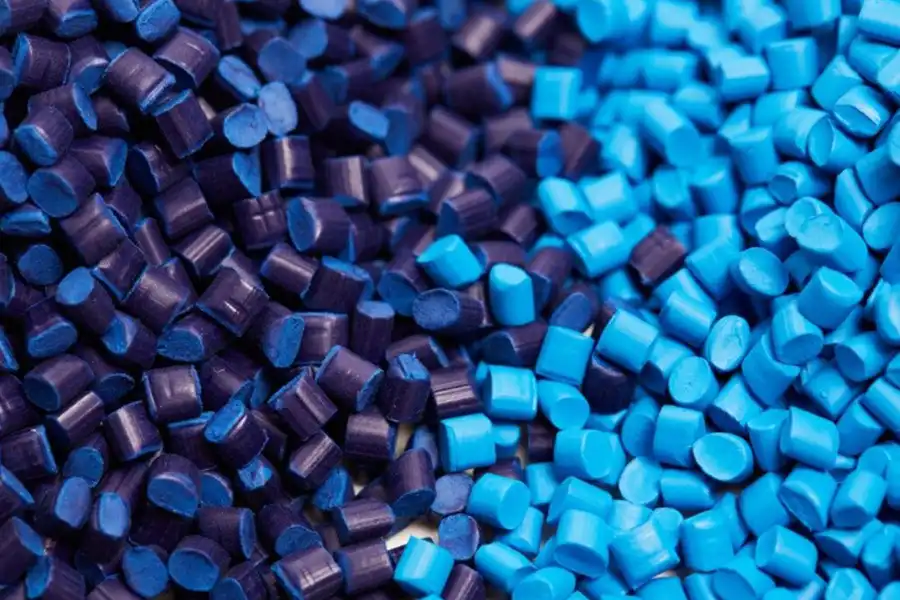
Learn More About Our Custom Plastic Manufacturing
Our business is committed to providing premium bespoke plastics, with an emphasis on effective manufacturing, rapid turnaround, and affordable prices. We provide a wide range of solutions to match the unique demands of our clients, with a focus on injection moulding and thermoforming techniques. A flexible manufacturing technique called injection moulding enables the creation of complex and accurate plastic parts. Our skilled staff makes use of cutting-edge tools and methods to guarantee precise moulding and reliable quality.
Our injection moulding skills can handle a broad range of project sizes and complexities, regardless of your need for bigger components or smaller, more sophisticated pieces. Another one of our company’s major competencies is thermoforming. This method entails heating a plastic sheet and using moulds to shape it into the required shape. When it comes to producing massive, lightweight, and reasonably priced plastic parts, thermoforming is perfect.
Our proficiency in thermoforming enables us to provide personalised solutions that meet your unique design specifications. We take great satisfaction in being able to provide quick lead times and affordable unit prices without sacrificing quality. Our specialised personnel, effective production techniques, and optimised manufacturing processes allow us to achieve deadlines at reasonable prices.
Read more: What is DOP?
By lowering intermolecular tensions, plasticizers increase PVC’s flexibility but also lower its tensile strength. About 90% of the plasticizer sector is focused on PVC, which finds widespread application in many industries.
Plasticizers’ use, effects on the environment and human health, and pervasiveness have all been well investigated. The impacts of these substances on the environment, indoor dust and phthalates, and endocrine disruption have all been studied. Plasticizer safety assessments have been carried out by regulatory bodies throughout the globe, including the FDA and the EU’s REACH regulations.
We provide superior custom plastics at affordable costs with quick turnaround times. With a focus on thermoforming and injection moulding, we provide tailored solutions to a range of sectors. Our knowledgeable team and cutting-edge equipment guarantee accurate moulding and consistent quality. We provide services to the consumer goods, automotive, medical, electronics, and mid-Atlantic areas.
Plasticizers are present in a wide range of products, including toys, medical equipment, flexible PVC products (such as flooring, upholstery, and hoses), electrical lines, flexible packaging (such as food wrap and bags), and automobile interiors. Plasticizer usage varies and is influenced by laws and product types.

